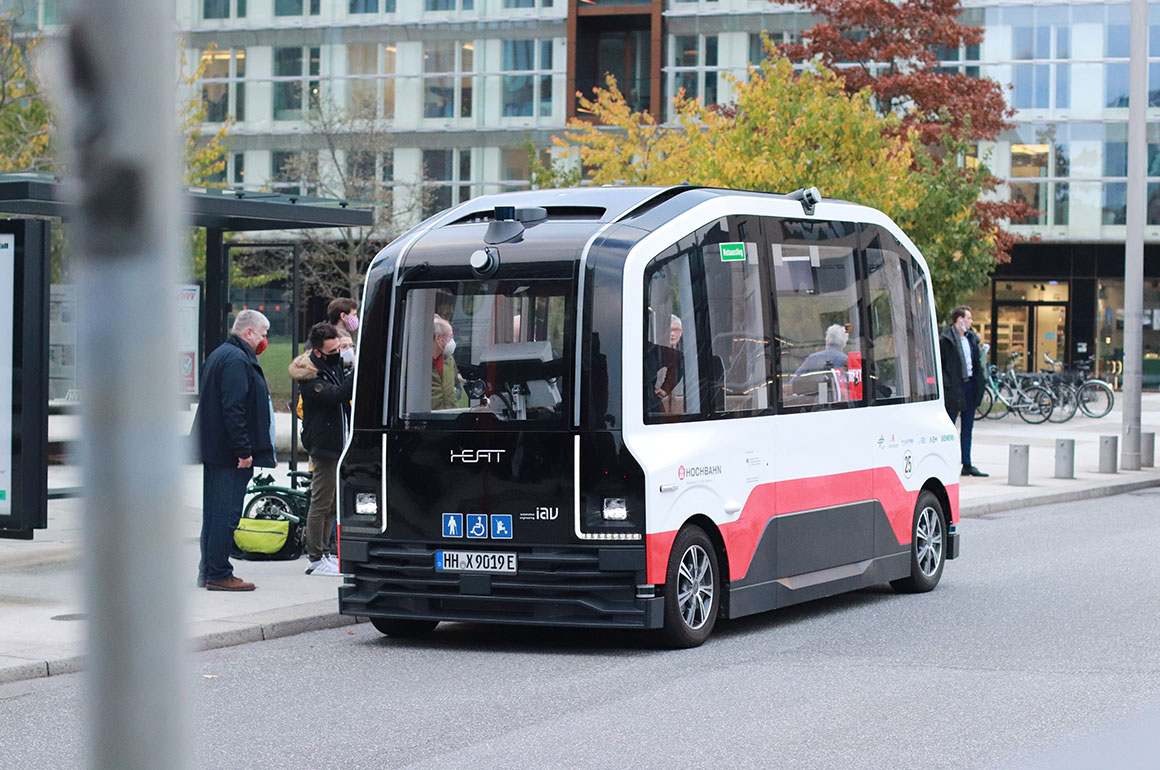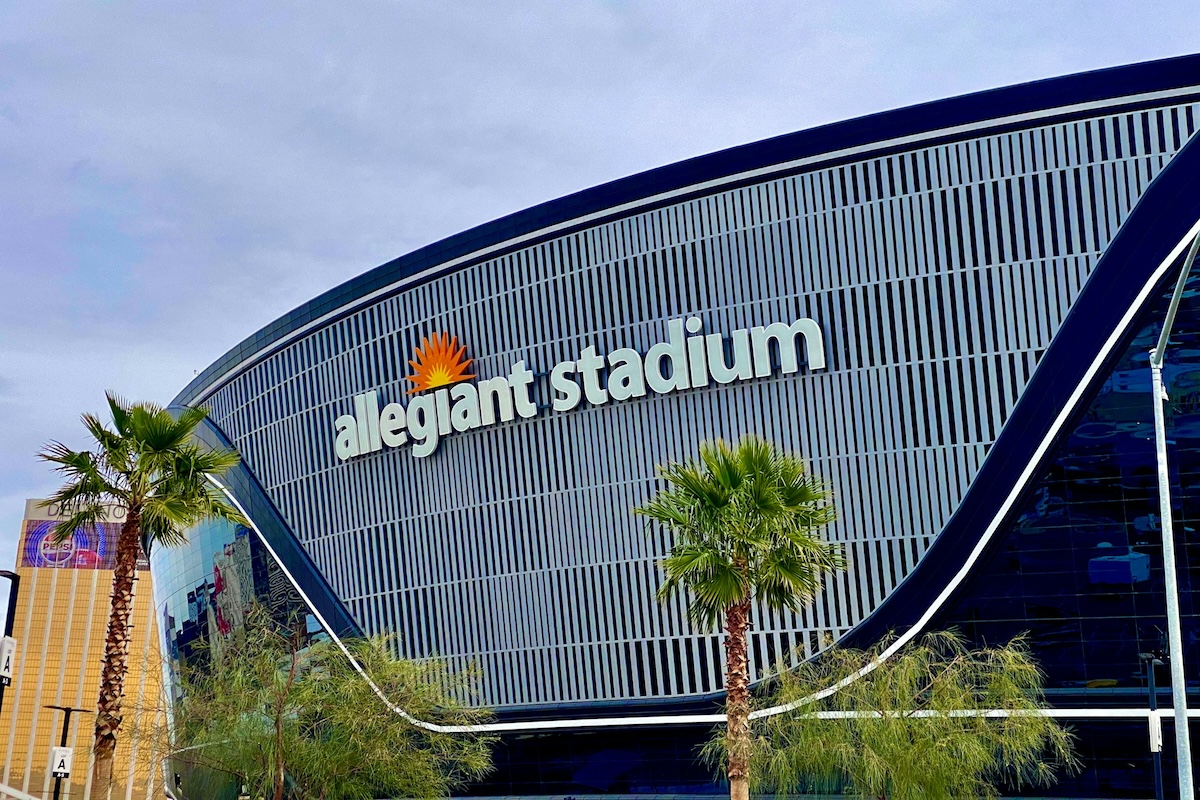While increased demand for eco-conscious products can sometimes push down costs by allowing economies of scale to develop, it can also inflate prices when that demand outpaces the growth in supply. For example, event planners might be able to purchase biodegradable tableware more affordably now as compared to ten years ago, but rocketing demand for carbon offsets is currently pushing their costs through the roof. Is there a way to bring prices down, or can event profs develop their own investment strategy for reducing event carbon emissions?
Factors driving the increase in carbon offset pricing
The carbon offset system depends on projects that help to reduce atmospheric carbon levels, such as tree-planting initiatives. These programs are given credits that they can then trade to organizations looking to compensate for their own additions to the world’s carbon balance sheet. Although there’s theoretically no limit to the number of carbon credits that can be assigned, the global supply of worthy programs is currently struggling to keep up with demand.
Last November’s United Nations Climate Change Conference (COP26) helped to push more and more organizations to commit to “net zero” emissions — including a significant segment of the event industry with the Net Zero Carbon Events Pledge. An unintended consequence, however, has been the tripling of carbon offset prices in the span of roughly six months.
The business case for a new approach to carbon reduction
Given that many industries worldwide rely on carbon offsets to meet their sustainability goals, the jump in offset pricing has serious significance for both event planners and their clients.
What’s the solution? In a LinkedIn post published earlier this January, sustainability consultant Shawna McKinley suggested an alternative model for the event industry:
The price of nature-based carbon offsets has increased more than threefold in the last six months. In walking a path to “net zero” business events, does it make sense to pay ~$15 per event participant to offset somewhere else? Or set an internal price on carbon at a similar amount that invests in solutions that directly reduce an event’s actual emissions? And what would those solutions be?
– Shawna McKinley, principal, Clear Current Consulting
In a sense, McKinley is proposing that event planners look for ways to bring the “supply” of carbon-reducing programs in house. Can they create their own systems for reducing emissions that are more cost-effective than relying on the global trade in carbon offsets?
Carbon pricing versus carbon offsets
As McKinley points out, redirecting revenue from registration fees and ticket sales towards offsetting carbon somewhere else is not the only way to achieve net-zero events.
We reached out to McKinley to hear more about the ideas behind her LinkedIn post, what implementing a more nuanced net-zero strategy might look like for event profs, and how “carbon pricing” might work in place of or in tandem with purchasing carbon offsets.
Essentially, carbon pricing is a mechanism where a company assigns an internal cost to activities that produce emissions. By thinking of their carbon production through the lens of a dollar figure, companies can perform a cost-benefit analysis that truly accounts for the consequences of neglecting more sustainable choices in everyday decision making.
“[A]n event supplier or planner would adopt an internal monetary value for carbon, and factor that into budgeting in order to support climate-smart decision making in their day-to-day operations,” explains McKinley.
McKinley points to Microsoft’s plan to become carbon negative by 2030 as an example of where carbon pricing is being used to drive operations towards net zero. While Microsoft has committed $1 billion USD over the next four years to taking carbon out of the atmosphere — funding technological solutions like Direct Air Capture alongside more established nature-based offsets — they have also committed to using carbon math and internal pricing to track and manage their plan to eliminate their own carbon footprint.
MICROSOFT’S THREE STEPS TO CARBON PRICING
Microsoft believes that it’s entirely possible to reach its goal of net-zero by 2030, and carbon pricing is a key part of its plan. This means:
- Assigning a price to their carbon-producing activities
- Treating this additional price as if it were part of the actual cost of doing business, with the added dollar value set aside as a kind of internal tax
- Diverting the resulting funds into strategies for reducing their own emissions
It’s also important for this internal pricing to reflect the real-world cost of these emissions. One strategy is to figure out the level of emissions, calculate what it would cost to buy compensating carbon offsets, and then set an internal “tax” that matches the carbon-offset price.
As Microsoft reported last year, it’s already achieved an emissions reduction of 6 percent across the board, and based on this progress, the company believes it will meet or exceed its 2030 goal.
Carbon pricing in the event industry: Complications and solutions
McKinley suggests that this method can also be adopted by both vendors and event planners to achieve their net-zero commitments.
Most typically, “carbon neutral” approaches calculate an event’s carbon footprint, and then either purchase offset credits (e.g. renewable energy certificates) or invest in supporting local projects that will remove carbon from the atmosphere (restoring forests, peatlands and other ecosystems, for example).
While these actions are significant, McKinley points out that they don’t result in long-term changes in a company’s behavior that actively reduce emissions: “When we only tally carbon and pay for it through offsets for an event as a public relations exercise, event-related businesses miss out on using that capital to innovate in ways that drive down their own direct emissions and reduce costs long-term.”
Though the principle stays the same, implementing carbon pricing will look different in different scenarios.
CARBON PRICING FOR HOTELS
In the case of a hotel, McKinley describes calculating the total carbon footprint per room and extrapolating that to a monthly carbon price for the hotel’s operations. That price could be built into the cost of a room, and then charged by the hotel internally against itself. In turn, the resulting funds could be invested in retrofitting rooms or providing bikes or electric shuttle buses for guest use.
This approach would bring down overall emissions in a way that is reliably trackable and straightforward for clients to understand. Further, it will be cost-effective in the long run: It will not only reduce the need for purchasing carbon offsets but in many cases will also lower energy bills.
CARBON PRICING FOR EVENT AGENCIES AND EVENTS
Event-related travel
Noting that it’s likely air travel that produces the most significant carbon impact for event planning agencies and their staffing, McKinley suggests that agencies require employees to provide information about the carbon footprint for each of their travel options. Their travel manager can then factor sustainability directly into cost considerations.
For example, direct flights are often more expensive than those with multiple stops, but they are also more fuel-efficient. With the extra carbon pricing factored in, the seemingly pricier flight may actually be cheaper. Similarly, travel managers could sometimes offer a bonus for itineraries that reduce carbon (for instance, by taking a train instead of a short-haul flight).
While event profs are not usually directly involved in the travel decisions of their attendees, they can encourage these kinds of best practices.
Event suppliers, venues, and price hikes
Further, event planners can work with clients to source amenities and vendors that are carbon-budget friendly.
McKinley offers the example of providing plant-based event catering as a default, with the option to add on meat dishes at an extra price that makes it possible to “account for the higher emissions associated with that decision.”
Challenges to fair and transparent carbon pricing
The example above, however, points towards a difficulty associated with net-zero event planning. In the absence of an established and standardized system for carbon pricing of emissions, it can be difficult to achieve the sort of transparency around climate action that shareholders, employees, and customers increasingly require.
The calculations can feel a bit ad-hoc. Nonetheless, McKinley believes “there is merit to looking at carbon pricing as a tool for setting registration and ticket prices for new events”, not least because “it forces us to quantify and figure out how to roll out lower-carbon business practices that better respond to the true cost of doing business.”
CARBON PRICING CALCULATORS
The need for a reliable “carbon calculator” is something that several firms are moving to meet.
Microsoft, for example, has developed a calculator to help its clients understand the emissions associated with using Microsoft products. Through these kinds of accessible tools and a new standard for transparency, Microsoft is positioning itself as a more attractive vendor for a large range of partners and clients working towards the same goals.
In another interesting development, British Petroleum (BP) has put out a tookit for event planners designed to help calculate an event’s emissions, reduce them as much as possible, and purchase offsets from BP once carbon-budget calculations have been finalized.
ACCUSATIONS OF GREENWASHING
Of course, British Petroleum is arguably an unexpected ally in the fight for net-zero carbon emissions. In terms of public-facing perception of climate action (and regardless of whether the impression is accurate), BP’s toolkit for event profs points towards a significant concern: allegations of greenwashing.
Both the perception and the reality of greenwashing will remain significant hazards for event planners until there is a recognized global standard that makes it easy to communicate transparently about how event planning decisions are making a tangible difference. While there are promising developments on the horizon for the regulation of both carbon pricing and the carbon offset market, event profs can’t afford to wait on those.
HOW CARBON PRICING HELPS TO COMBAT PERCEPTIONS OF GREENWASHING
The carbon pricing model, while not without its challenges, allows planners to engage in observable changes locally, rather than through abstract carbon offsets that clients and attendees can’t see. The precise dollar value assigned to carbon pricing initiatives may be up for debate, but at least the resulting sustainability programs have a clear and immediate impact on events themselves.
This in-house approach may go a long way towards helping event attendees feel like they — and the companies hosting or exhibiting at the event — are doing what they can to do their part.
“For a long time,” McKinley notes, “events have not been pressed to make carbon disclosures and have flown under the radar. Now, however, meetings and travel are under a microscope and organizations are re-assessing how both contribute and detract from emissions reduction goals.”
Why it pays to be smart about carbon emissions
When faced with all the challenges that come with any net-zero initiative, some event planners might be tempted to question whether it’s all worth it.
As we noted last month, however, 2022 will see a continuing trend towards clients prioritizing sustainability at their events. This trend is driven by multiple factors.
For one, shareholders are getting involved in corporate governance to push environmental and social responsibility. Environmental proposals and demands for emissions transparency and climate action plans have become a common feature at AGMs, with broad (and broadening) shareholder support. Corporate boards ignore this movement at their peril. We can look to the recent shakeup at Exxon to see that failing to take action on climate change is not an option.
For another, exhibiting a real commitment to CSR is increasingly necessary to recruit and retain top talent. Even as far back as 2016, a millennial employee engagement study found that Millennials consider a company’s social and environmental commitments when deciding where to work. According to the study, 64 percent won’t take a job if a company doesn’t have strong corporate social responsibility (CSR) values, and 83 percent would be more loyal to a company that helps them contribute to social and environmental issues (vs. 70 percent U.S. average).
The 2021 World Meteorological Organization’s report published in advance of COP26 raised worldwide alarm as the forecast for climate change grows direr. This will certainly intensify the motivation of top talent to work for companies that show real commitment to climate action.
There’s also the reality of where capital investment is flowing — and it’s flowing increasingly towards companies that have been identified as appropriate for sustainability investing, which, as of 2020, was found by the US SIF Foundation to account for “$17.1 trillion — or 1 in 3 dollars — of the total US assets under professional management.”
In short, demonstrating significant commitment to environmental responsibility has very real economic value for institutions and corporations, with that value likely to increase. But this poses a problem of scarcity. As more and more economic actors begin to rely on nature-based carbon offsets, they will become more and more pricey. To put it bluntly: The Earth has a finite landmass, and there are only so many trees that can be planted as carbon offset credits before we run out of room. We’ll need more tools and different strategies.
IN CONCLUSION
Despite challenges in resourcing vendors and accessing standardized carbon pricing, the event industry is now moving to ramp up its efforts to mitigate climate change, and more and more resources are coming online to help us do so.
Moreover, event planners may have something to contribute to the global toolkit themselves. Recent innovations that have their roots in pandemic response — for instance, hosting in-person events regionally (with a far lower carbon footprint from related travel) while offering hybrid formats for international gatherings — demonstrate the kind of creative thinking that will move us all towards net zero by 2050. With its emphasis on home-grown solutions, carbon pricing is a model that welcomes this kind of ingenuity.





